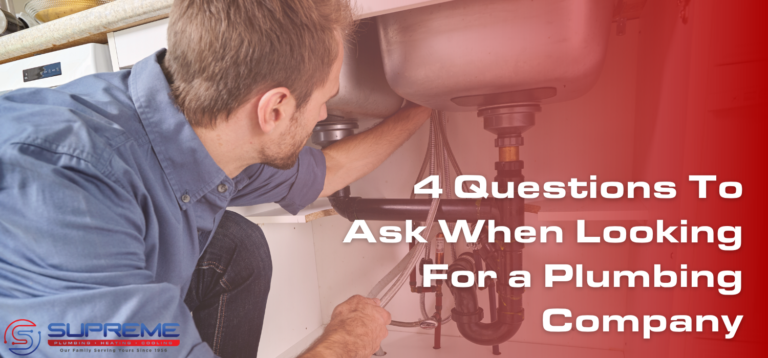As winter approaches and the days start getting colder, your furnace must be working properly to heat your home. However, if you have an older furnace, it might not be operating efficiently or effectively—keeping your home cold and costing you money. If this is the case, it might be time to consider getting a replacement.
A furnace is designed to keep your home warm and cozy by blowing hot air through ducts to be delivered throughout your house. With a variety of different types of furnaces available to you, you need to take the time to learn about all the options available so that you can be confident in your purchase.
Here's what you need to consider when choosing a furnace:
1. Energy Efficiency
First, let’s consider energy efficiency. The Federal Trade Commission requires that all new furnaces display an Annual Fuel Utilization Efficiency (AFUE) rating so that you can compare efficiency between furnaces.
The AFUE rating represents the annual heat output of the furnace compared to the total annual energy that is consumed. For example, a high AFUE rating of 95% means that 95% of the energy heats your home while the other 5% escapes.
2. Fuel Source
While AFUE ratings are important, they are not the only things you need to consider. Depending on what fuel source you use, it can take away from your furnace’s efficiency. The most efficient furnaces are electric with an AFUE rating typically between 95%-100%. Despite high efficiency, electricity is the most expensive source of energy to use.
Natural gas is the most popular energy source because it is readily available throughout the United States and usually the least expensive. However, one of the greenest and most efficient energy heat sources is geothermal heating which uses free renewable solar energy stored in your backyard.
3. Climate
Some furnaces work better in certain climates. If you live in a milder climate that rarely experiences freezing temperatures, like the mid to southern regions of the United States, you want a furnace with an AFUE rating of around 80%. For areas that never reach below 40 degrees, furnaces designed for milder temperatures can help you save on energy costs by not producing unnecessary heat for your home.
The rest of the United States, like here in West Central Indiana, where cold and freezing temperatures can last for many months, you will need higher efficiency models with an AFUE rating of 90% or higher. Investing in a high-efficiency model is costly, but for climates like ours, where it can get really cold, this type of furnace can help save on overall monthly expenses.
4. Furnace Type
There are several different types of common furnaces available for you to choose from including:
- Single Stage Gas Furnace—A standard furnace that features a gas valve that opens and closes at a high rate.
- Two Stage Gas Furnaces—These furnaces can adjust the flow of gas from low to high to regulate the temperature in your home for better efficiency by communicating with your home’s thermostat.
- Modulating Gas Furnaces—Out of all the gas furnace types, this option regulates heat most precisely. This is ideal for colder climates because it regulates room temperature more efficiently and evenly.
- Electric Furnaces—While not as economical as gas, electric furnaces are still popular for their high energy efficiency. They heat the air by moving it over electric coils and distributing warm air throughout your home. Coupled to a heat pump, with today’s technology, they can approach geothermal efficiency.
5. Size
When choosing a furnace, you will want to make sure you are choosing one that is optimally sized for your home. Too small won’t be effective at heating your home while too big will waste money by producing heat your home doesn’t need. When determining what size furnace, you need, you will need to consider your home’s square footage, ceiling height, number of windows, and insulation.
Ask an HVAC contractor for an in-house evaluation to determine the best size furnace for your home.
6. Warranty
If you purchase a more expensive furnace, you will typically have the security of a longer and more comprehensive warranty plan than a cheaper model. Check both the furnace manufacturer and your HVAC installer’s warranties before making a purchase or scheduling your installation appointment.
One More Tip - Energy Rebates
Energy providers like your gas or electric company may offer rebates or one-time discounts when you invest in new energy-efficient appliances, and especially HVAC equipment.
Don’t wait until your furnace breaks in the dead of winter to hurry and install a new furnace. If you have an old furnace, contact us today to schedule a furnace replacement with our team of skilled HVAC technicians.











